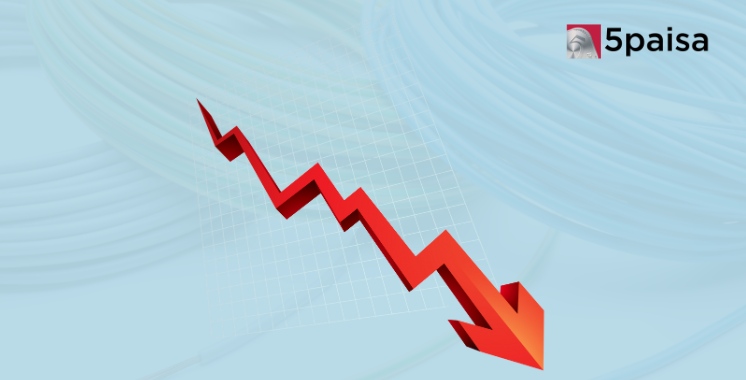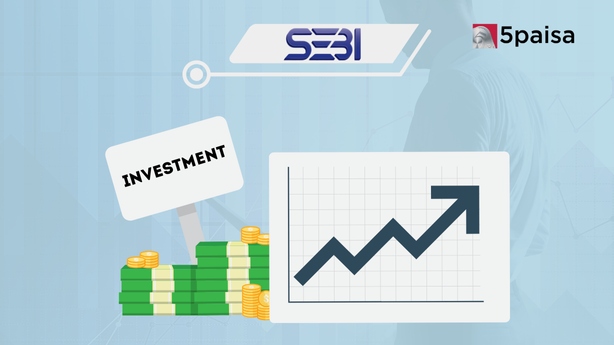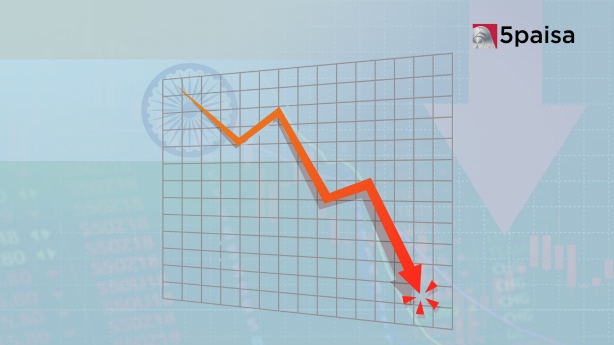Cable and Wire Stocks Decline for Second Session Amid Aditya Birla Group's Market Entry
Nippon Small Cap Fund restricts new inflows

In a rather interesting move, the Nippon India Life Asset Management announced that it will stop accepting lump sum investments into one of its most popular, Nippon India Small Cap Fund (NISC). This restriction is effective from Friday, July 07, 2023. This will not only apply to fresh flows but also to any switch transactions into the NISC Fund. One of the main reasons for this move is that the NISC Fund is already the small cap fund with the highest AUM and has been seeing a lot of flows of late. Also, with a surge of flows, the AMC was concerned that there may not be adequate opportunities in the small cap space to deploy these funds profitably. Obviously, holding cash for too long is also not a wise decision.
A quick word on small cap funds
For mutual funds in India, the definition of small cap funds is based on the ranking of funds as per the formula prescribed by AMFI. Under this formula, all the stocks on the BSE and the NSE are ranked descending on market capitalization. The stocks with the top 100 ranks will qualify as large caps; funds with rank 101 to 250 will qualify as mid-cap funds and stocks with rank of 250 and below would classify as small cap funds. Since there are over 4,000 listed stocks on the BSE, it still leaves a huge number of stocks to invest in the small cap space. The problem is that most of these stocks are either too small or they are not liquid enough or the basis risk is too high. That means, when the fund of the size of the NISC Fund tries to buy a large quantity of small cap stocks, then such quantity is either not available or it leads to a surge in prices by the time the order is executed. That is why small cap funds have a problem finding enough stocks to invest in at higher levels, when flows increase.
Story of small cap funds in India
Small cap funds have an AUM of ₹170,173 crore, which makes it among the most popular equity thematic categories in India. The table below ranks small cap funds on AUM and also provides the returns over 1 year, 3 years and since inception.
| Scheme Name |
Return 1 Year Direct |
Return 3 Year Direct |
Return Since Launch Direc |
Daily AUM (₹ in crore) |
| Nippon India Small Cap Fund | 40.71 | 47.54 | 25.71 | 32,454.32 |
| HDFC Small Cap Fund | 45.98 | 44.66 | 19.94 | 19,634.31 |
| SBI Small Cap Fund | 27.57 | 36.59 | 25.46 | 18,905.04 |
| Axis Small Cap Fund | 29.96 | 38.26 | 24.49 | 14,348.75 |
| Kotak Small Cap Fund | 25.87 | 43.36 | 20.30 | 10,986.11 |
| DSP Small Cap Fund | 30.83 | 39.26 | 21.98 | 10,936.75 |
| HSBC Small Cap Fund | 33.33 | 44.05 | 20.63 | 10,190.30 |
| Franklin India Smaller Cap Fund | 41.98 | 42.57 | 20.99 | 8,652.11 |
| Canara Robeco Small Cap Fund | 26.57 | 45.06 | 28.03 | 6,724.96 |
| ICICI Prudential Smallcap Fund | 28.34 | 44.25 | 17.72 | 6,161.52 |
| Quant Small Cap Fund | 43.57 | 59.36 | 16.84 | 5,705.20 |
| Tata Small Cap Fund | 39.93 | 44.31 | 26.53 | 5,406.66 |
| Aditya Birla Small Cap Fund | 29.47 | 35.00 | 16.55 | 3,764.81 |
| UTI Small Cap Fund | 27.45 | 27.16 | 2,869.92 | |
| Sundaram Small Cap Fund | 33.41 | 40.42 | 17.49 | 2,372.39 |
| PGIM India Small Cap Fund | 20.59 | 9.63 | 2,206.16 | |
| Invesco India Smallcap Fund | 33.05 | 36.89 | 23.35 | 2,157.72 |
| Edelweiss Small Cap Fund | 33.23 | 42.81 | 29.50 | 1,991.66 |
| Bandhan Emerging Fund | 28.37 | 36.66 | 32.96 | 1,764.69 |
| ITI Small Cap Fund | 38.30 | 28.77 | 19.15 | 1,319.30 |
| Union Small Cap Fund | 25.95 | 39.12 | 15.30 | 905.99 |
| Bank of India Small Cap Fund | 31.52 | 43.56 | 30.12 | 553.20 |
| IDBI Small Cap Fund | 29.03 | 39.94 | 14.43 | 161.40 |
Data Source: AMFI
As can be seen from the above table, the small cap funds universe has done extremely well across periods of 1 year, 3 years and since launch. If you look at the Nippon India Small Cap Fund (NISC), the returns are 40.71% over 1 year, 47.54% CAGR over 3 years and 25.71% CAGR since inception. The fund has not only been around for a long time, but even in terms of AUM, it manages ₹32,454 crore, making it the largest small cap fund in India. Hence, when there is market euphoria, most small cap investors tend to naturally gravitate towards the NISC fund. That is the problem that the NISC fund faces, as it is concerned that there may not be enough options for them in the market.
So, what has Nippon AMC done with its small cap fund?
Considering the surge in inflows, Nippon India Life Asset Management has decided to restrict lump sum investments into Nippon India Small Cap Fund (NISC) effective from July 07, 2023. This will also apply to switch-in transactions. However, the fund has clarified that this decision will not impact the existing SIPs or STPs in any manner. In addition, the fund will also remain open to new SIPs and STPs. The only conditions are that there would be no initial investment made and all flows will be restricted to ₹5 lakhs per day per PAN. Any special product linked to the small cap fund will also continue as before, without any restrictions. In short, this would be applicable mainly to lumpsum flows into the fund.
How will this move benefit Nippon AMC. Firstly, this will ensure more predictable flows into the NISC fund so that the deployment of corpus can be gradual and systematic. This also aligns with the unique nature of small cap investing. The recent rally in the markets overall had led to a very sharp rally in the small cap space. Investors naturally tend to chase returns and hence the demand for investing in such small cap funds had surged. Normally, when big ticket investments come in and there are not enough opportunities in the market, it also impacts the performance of the existing unitholders. That situation can be avoided with the help of this restriction.
Nippon AMC is not alone in putting such restrictions
In the past, we have seen the DSP Small Cap fund put similar restrictions on flows at higher levels of the market. There have also been other such instances of late in India. For instance, just last week, the Tata Small Cap Fund stopped accepting lump sum investments and allowed inflows only through SIP and STP. The reasons were the same, although the Tata Small Cap fund is much smaller than the NISC in terms of AUM. The recent thematic NFO of HDFC Defence Fund also capped inflows through SIPs and STPs to ₹10,000 per PAN per month. This was just after the scheme opened for continuous subscription in June 2023. Again, here defence is a thematic play and the supply of stocks may not match up with the enthusiasm of investors.
In the last few months, if you look at the AMFI flow data, the small cap funds have been the stars among equity funds in terms of attracting inflows from investors. That enthusiasm is now posing a problem for the funds as they would prefer a more gradual flows that matches with the supply of such small cap stocks.
- Flat ₹20 Brokerage
- Next-gen Trading
- Advance Charting
- Actionable Ideas
Trending on 5paisa
02
 5paisa Research Team
5paisa Research Team
03
 5paisa Research Team
5paisa Research Team
04
 5paisa Research Team
5paisa Research Team
Indian Market Related Articles
Disclaimer: Investment in securities market are subject to market risks, read all the related documents carefully before investing. For detailed disclaimer please Click here.




